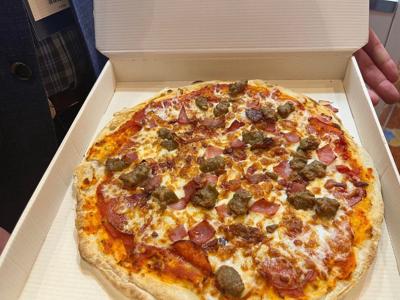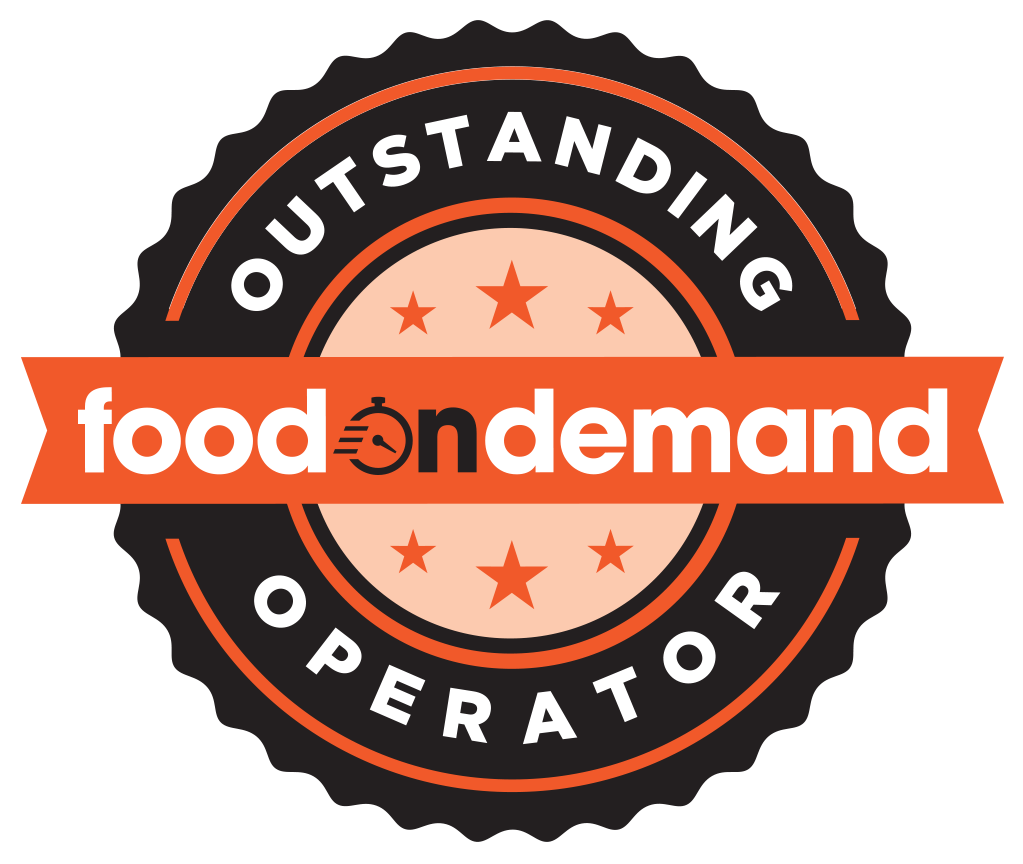It’s generally accepted that the bond between Americans and affordable big-chain pizza is unshakeable. Yet 2024 has jolted that assumption, according to a recent Technomic Top 500 Report, which shows that many of the top brands, including Pizza Hut, have been seeing their sales decline. Sixty-one percent of pizza chains reported a dip, according to the data. The reason isn’t mysterious: a consumer response to price hikes. But not all pizzerias are struggling.

Loren Padelford, CRO at Slice
“In 2024, more independent pizza shops opened than closed,” said Loren Padelford, chief revenue officer at Slice, the software development company that works with more than 16,000 independent pizzerias, in an interview. “That’s not the case with chains. Most were in decline in terms of not opening stores, at least in North America.”
Padelford has observed an area where the indies are thriving.
“Pick-up,” he said. “We’ve seen it growing versus delivery, including in the last number of months.”
First-party delivery is also succeeding for a number of indies. This often is a result of years of earning hard-earned consumer loyalty.
“We’ve been seeing a trend where indie operators are going back to how they functioned before the pandemic,” he said. “A lot of them are now offering first party or pick-up, which was the model for 100 years.”
What isn’t dragging on chain profitability are tariffs. The biggies are immune to the impacts.
“They are insulated because they don’t use an endless supply of ingredients,” he said. “The chains buy everything domestically, from tomatoes and cheese to wheat.”
Conversely, some indies do buy ingredients from Italy and other European countries, and are feeling a pinch. “The cost increase is lowering their order volume,” he said.
Yet despite this, indie performance for the year is slightly up, according to Padelford.
And this accounts for the number of amateurs who jump into the category, which is happening more often.
“As economies get harder and people lose their jobs, people often start their own businesses, and pizzerias are an interesting business to start,” he said. “You can start one as a food truck before moving to a full-blown store. It’s an on-ramp.”
Pizza-lovers entering the category might have timing on their side.
“There’s a really interesting trend right now in that you can buy what are essentially commercial grade ovens, from Ooni and Gozney and companies like that, for your home kitchen,” he said. “And you have a massive influx of YouTube channels devoted to home pizza makers. Pizza has become a very big home category, which spurs people to start a business.”
Analyzing the cross-trends among chains and indies is fun but one needs to resist thinking that companies who sell the same product feel the same pressure.
“Pizza is not one ubiquitous market,” he said. “It is two markets operating at the same time.”
And at the moment one is outperforming the other.
“The independents are relatively strong and doing pretty well in an uncertain environment,” he said.


